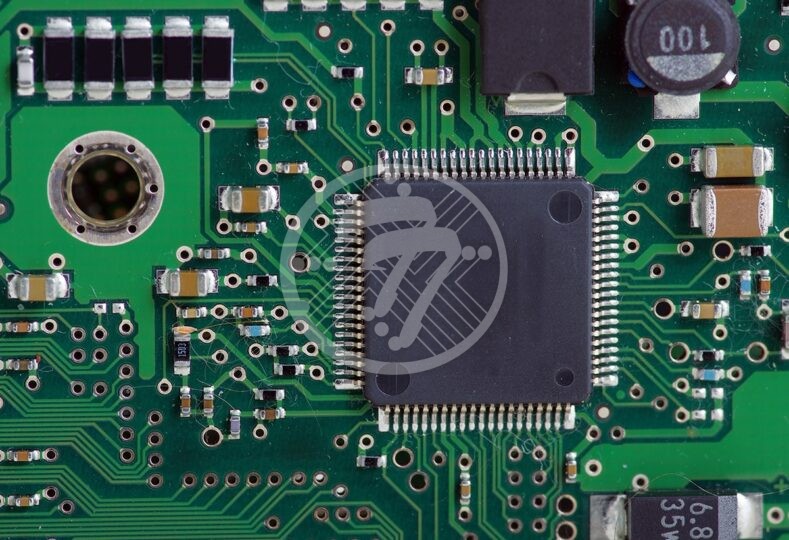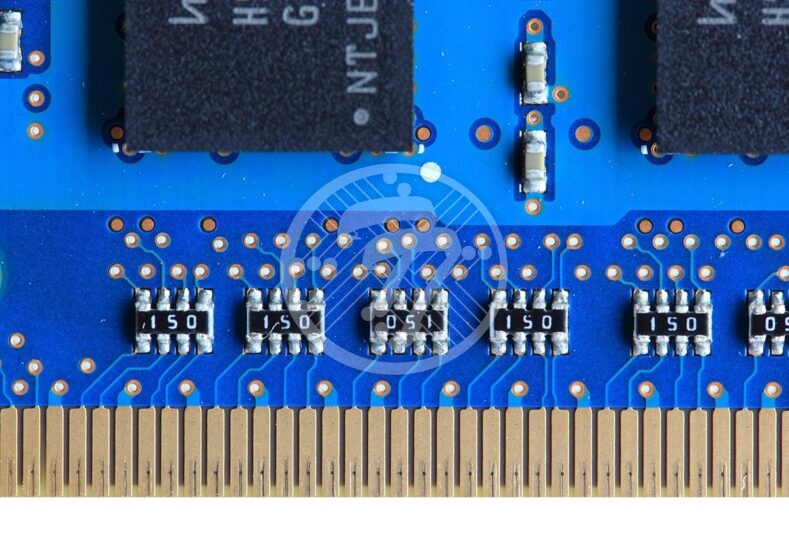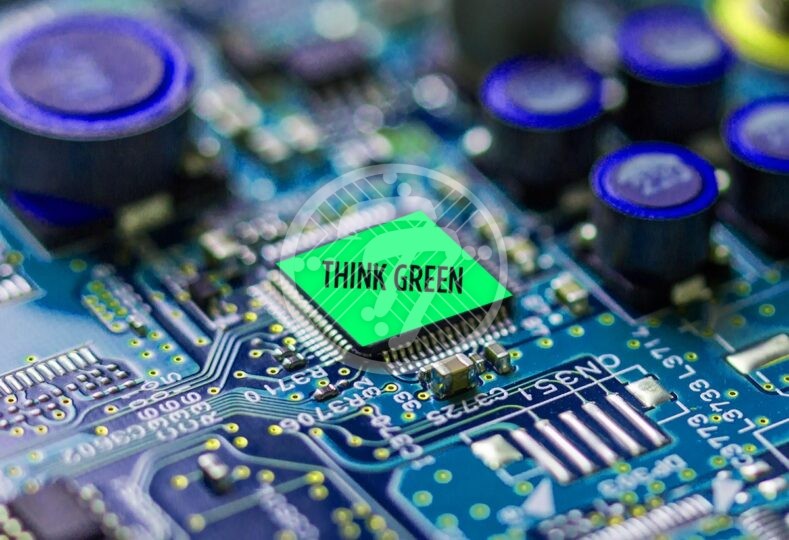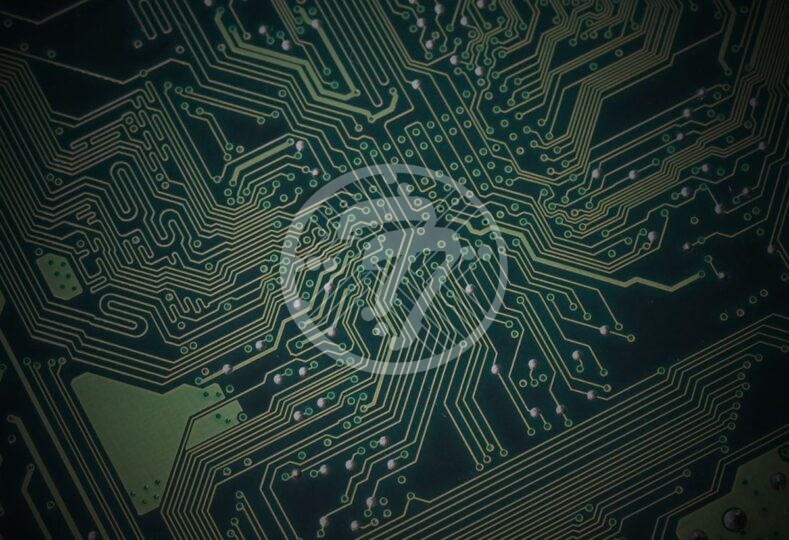Why Bill of Materials (BOM) is important in PCB Manufacturing process?

The importance of an efficient production plan cannot be overstated as it goes a long way in optimizing production as well as balancing production lines. The need of the hour therefore is a robust design data comprising of pcb layout data, Bill of Materials popularly known as BoM as well as product references.
In fact the entire SMT manufacturing process is BoM driven. This is because the functioning of the PCB is dependent on the components listed in the BoM. The use of the right components in turn is critical to the functioning of the PCB. Any PCB Assembly order, therefore needs to be initiated with a bill of materials. Not only does the BoM carry the list of components but also their placement on the printed circuit board. The BoM, in turn, allows the procurement specialists to figure out the right distributor for the components as also look for cost effective price points. There is a chance that some components may not be available and therefore it gives the procurement specialists an opportunity to look for alternative distributors, so that work can proceed seamlessly.
A detailed Bill of Material with specifications related to item number, description of the part, name of manufacturer, quantity and more, therefore comes in extremely handy. Not only does this ensure quality, it also ensures that the PCB manufacturer can follow the delivery deadlines without any hiccups. In case of turnkey assemblies, it is also essential to mention names and details of both the distributors and manufacturers. In fact multiple distributor names can help the procurement process and can ensure that no time is lost in case a specific distributor does not have the parts readily available.
An optimized component list allows the assembly to be well planned with clearly laid down scheduling steps. This in turn ensures that the PCB is produced with zero errors. On the other hand absence of an effective BoM could mean a whole lot of revisions culminating into delays in delivery.
It is common practice for the manufacturers to provide a template for a sample BoM so that all the necessary information is captured and so there is no room for any ambiguity. Often times support for both explosions and implosions is also included in the BoM. While explosions refers to displaying the components of the assembly, implosions help see where is specific part is used and to determine which sections are then linked to any part which is at risk. Hierarchical BoMs therefore come in handy to study the entire structure.
Also Checkout : The bill of materials in PCB design
Here are some aspects to be especially mindful of, while creating a PCB BoM:
1. Be extremely thorough – Ideally a BOM should help the manufacturer create your PCB from scratch. If you have received a BoM template from the PCB manufacturer to ensure that you spend enough time completing it and providing all the requisite details.
2. Indicate where you can allow flexibility – Odds are that there could be some parts that are critical where you would want the PCB manufacturer to follow the approved vendor list strictly. While there could be others, which are non critical and therefore they can be optimized for cost.
3. Ensure that the parts are available – While listing the parts in a PCB BOM, a quick check on whether the parts are readily available will go a long way in ensuring seamless production
4. Decide how many levels the BoM requires – It is important to determine whether the PCB BOM should be single level or multiple level.
5. Document changes – There are likely to be changes in the PCB BOM from the prototype stage to when it is actually produced and these changes need to be recorded.
Consider the Bill of Materials as your shopping list, stepping out without which is likely to lead to inadvertent omissions and costly errors. The thumb rule clearly is to do a thorough assessment of your needs and build the BoM around it.
Technotronix has a combined and extensive years of experience in PCB manufacturing, PCB assembly, PCB fabrication, PCB prototyping and PCB engineering. We offer high end customization to address the exact needs of electronics manufacturers. Please feel free to contact us to get consultancy, quote or to get updates on our recent project. Get a quick quote!









